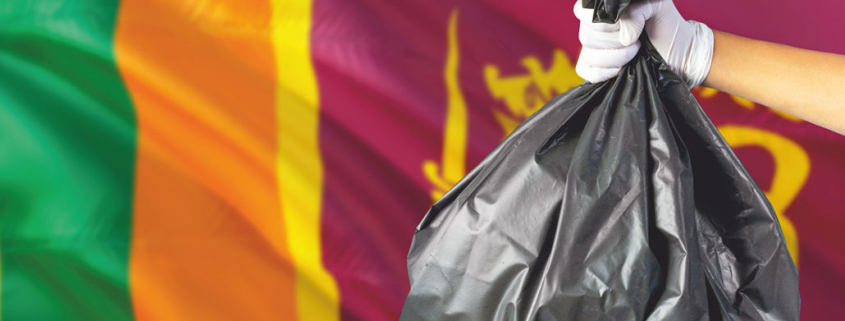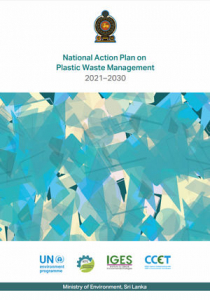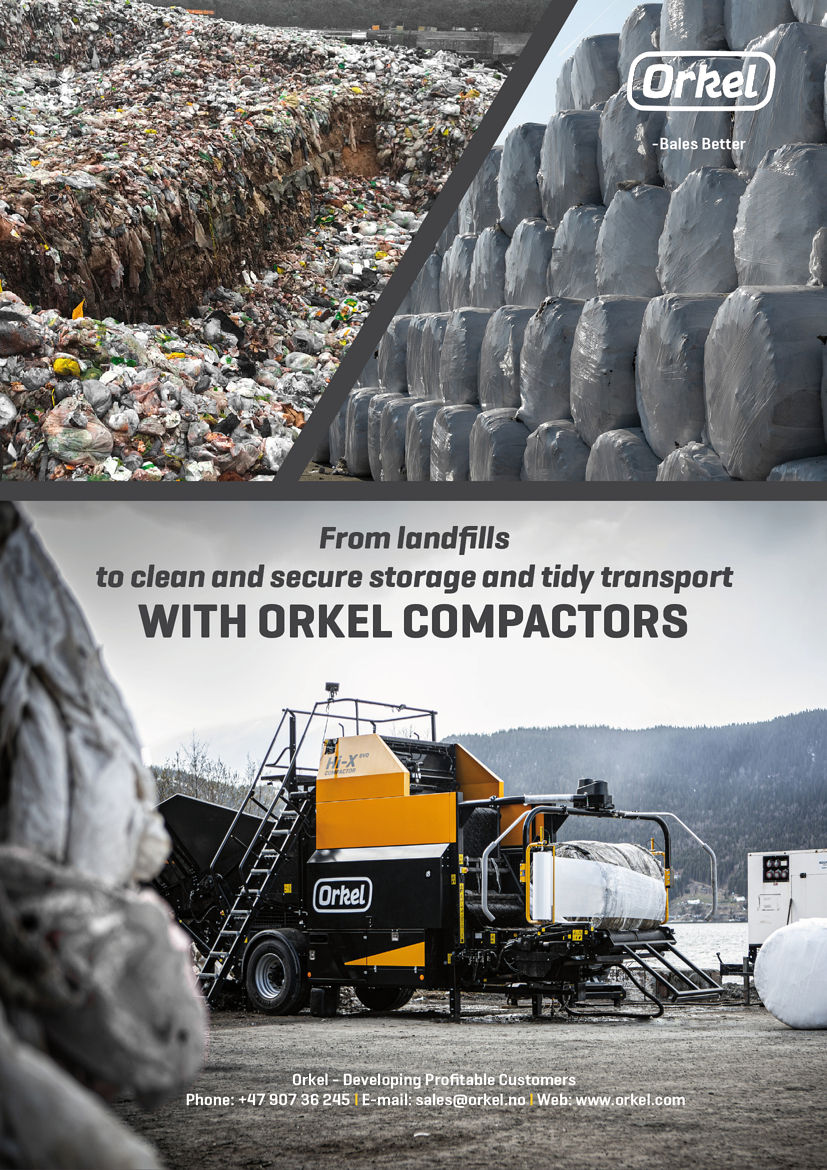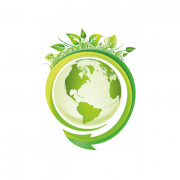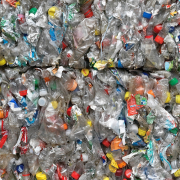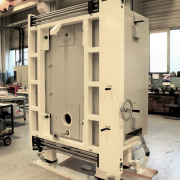Sri Lanka: Systematic Approach for Realizing Solid Waste Management
The South Asian Democratic Socialist Republic of Sri Lanka aims at national waste management consistent with the country’s conditions.
Like in other countries worldwide, increased industrial activity and lifestyles have led to fast-growing waste piles. The problem of waste management “was persistent for many years but came to the fore especially after the collapse of the Meethotamulla waste disposal site in 2017 taking lives with it,” Prof. Mallika Pinnawala, Professor of Sociology from the Sri Lankan University of Peradeniya, was cited by online publication “Sunday Observer” in October last year. She was contributing to the project for Sri Lanka’s Western Province solid waste management master plan initiated in 2019 and funded by the Japanese International Cooperation Agency (JICA). However, the undertaking had to halt due to the pandemic, but the plan was to resume by the end of 2021. As reported, the objective is to promote solid waste management practices and strengthen the planning capacity for solid waste management.
Since the Sri Lankan government established the country’s “National Strategy for Solid Waste Management” in 2000, it has been working on solving problems in this field, JICA wrote in October 2018. Commencing with a survey in 2002, the Sri Lankan government and the Japanese organization have been cooperating in structural developments and training-based human resource development in local authorities. In 2011, they implemented the “Project for Development of Pollution Control and Environmental Restoration Technologies of Waste Landfill Sites Taking into Account Geographical Characteristics in Sri Lanka” with Japanese Saitama University and other organizations. According to the information, the five-year initiative created sustainable and applicable guidelines for planning, managing, and preventing pollution at waste disposal sites. “It also developed technologies for low-cost, low-maintenance and low-environmental impact facilities using materials that can be procured locally.”
The waste situation
According to an analysis on “Plastic Waste Management”, published by Sri Lankan Centre for Environmental Justice (CEJ) and the global network IPEN in 2021, around 22 million inhabitants of Sri Lanka generated 7,000 metric tons of solid waste per day. The most populated Western Province – where the economic capital Colombo is located – accounted for about 60 percent of waste generation.
In contrast, the country’s “National Action Plan on Plastic Waste Management 2021 – 2030” stated that the generation of all municipal solid waste in Sri Lanka was currently about 10,768 metric tons per day; the collection by local authorities were only 3,458 metric tons. One-half of the uncollected waste, which contains plastics, goes to open dumps and the environment. The number of open dumpsites is estimated at 349.
As reported by CEJ and IPEN, short-term biodegradable waste accounted for a share of 54.5 percent in 2016, while the amount of polyethylene plastic/shopping bags was 10.5 percent. “In 2017, Sri Lanka was ranked fifth in the list of countries that release plastic and polythene waste to the ocean,” the authors of both organizations wrote. Plastic waste generation in Sri Lanka was estimated at 1.59 million metric tons per year. Mismanaged plastic was calculated at 5.0 percent.
According to the CEJ/IPEN analysis on plastic waste management, Sri Lanka had more than 400 companies engaged in plastic processing. A total sum of 15 billion Sri-Lanka-Rupees (about 74 million US-Dollar today) had been invested in plastics re-processing in Sri Lanka. Almost half of this had come through foreign direct investments. “Out of this 66 percent of this total investment is exclusively for re-processing of plastic products for the export market.” The main polymers used for producing single-use plastics were HDPE, LDPE, PET, PP, PS, and EPS. The report stated that the capacity of the local plastic processing industry at that time was nearly 140,000 metric tons per annum with an annual average growth rate of around 10 to 12 percent.
Sri Lanka exports plastic: primary forms and finished products. Nearly 40 percent of the total exports of plastic products are going to the USA market, the figures (2019) of the country’s Export Development Board were cited. Products such as sacks and bags, apparel/clothing accessories, and cellulose manufactured through plastic processing, are directly and indirectly sold abroad. As far as Sri Lanka’s imports are concerned, every year around 500,000 metric tons of total plastic (raw material and articles made of plastic, furniture and toys) enter the country. The lion’s share (70 percent) of the imported plastic is used locally. According to estimations, Sri Lanka earned two million US-Dollar foreign exchange via imports and exports of plastics.
As reported, the government has taken many initiatives to improve waste management systems in the country, such as developing policies, strategies, guidelines, legislation, and the provision of infrastructure facilities for waste management. The local authorities of the respective areas are responsible for waste management in Sri Lanka. For example, the issue of plastic waste is more acute in the Western Province, CEJ and IPEN informed. Here, a new authority has been established and regulations formulated. Furthermore, several recycling projects were implemented. Additional projects are planned.
Although the Sri Lankan government had taken legal and policy interventions, the “National Strategy for Solid Waste Management (2000)” and the “National Policy on Solid Waste Management (2007)” were not implemented properly due to various reasons. Therefore, the “National Waste Management Policy” was formulated in 2018. In this policy – although not directly identified – plastic waste is included.
The Sri Lankan government introduced a range of prohibitions on plastic materials such as bans on “the manufacture of polythene or any polythene product of twenty (20) microns or below in thickness for in-country use”, to control plastic waste, CEJ and IPEN gave account. The same applies to the sale or use of polythene or any polythene product, which is twenty (20) microns or below in thickness. According to the information, “polythene” means using raw materials (like polyethylene, polypropylene, polystyrene, polyvinyl chloride, polyethylene terephthalate) for carrying, packing, wrapping or packaging. Some exceptions exist inter alia for medical or pharmaceutical applications. By 2021, single-use plastic items – like sachet packets used for shampoo or gel, plastic bottles containing pesticides, cotton buds and toys – are banned. In addition, Sri Lanka has prohibited the import of post-consumer material.
National Action Plan on Plastic Waste Management
Last year, the “National Action Plan on Plastic Waste Management 2021 – 2030” was published. The Sri Lankan Ministry of Environment has drawn up the report with technical assistance from the IGES Centre Collaborating with UNEP on Environmental Technologies (CCET) and financial support from the Ministry of Environment Japan (MOEJ).
The plan describes the actions that Sri Lanka needs to follow on the principle of the 3Rs (Reduce, Reuse, Recycle), and covers the entire lifecycle of plastic waste management from importation and processing to use, collection and disposal. One of the key activities of the plan “is to facilitate collection of segregated plastic waste and its recycling as a profitable business to produce quality raw material for the plastic industry,” the information says.
There are 11 main goals, amongst others the aim to achieve 80 percent collection of recyclable and non-recyclable plastics and e-waste containing plastics from households. Regarding recycling, goals 9 and 10 are important:
- Increase plastic waste recycling from four percent to 15 percent by 2025, ensuring quality, health and safety requirements.
- Increase PET bottle collection and recycling rates from 27 percent to 100 percent by 2025 to ensure the production of safe, high-quality, durable products.
Concerning disposal, the plan requires to “limit final safe disposal of plastic waste to non-recyclable and/or non-reusable residual plastics by 2025 and/or reused by 2025”.
www.unep.org/ietc/resources/report/national-action-plan-plastic-waste-management-2021-2030
(Published in GLOBAL RECYCLING Magazine 1/2022, Page 30, Photo: sezerozger / stock.adobe.com)

